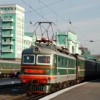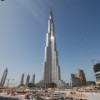Having just successfully navigated the Suez Canal, we asked during a quiet period as we steamed along the Red Sea, whether we could be shown the engine room. The engine room is part of the restricted area of the vessel, along with the control room, storage room and workshops, so we would need to be accompanied there. These rooms along with the majority of the other pumps and systems that run the vessel are located below the superstructure.
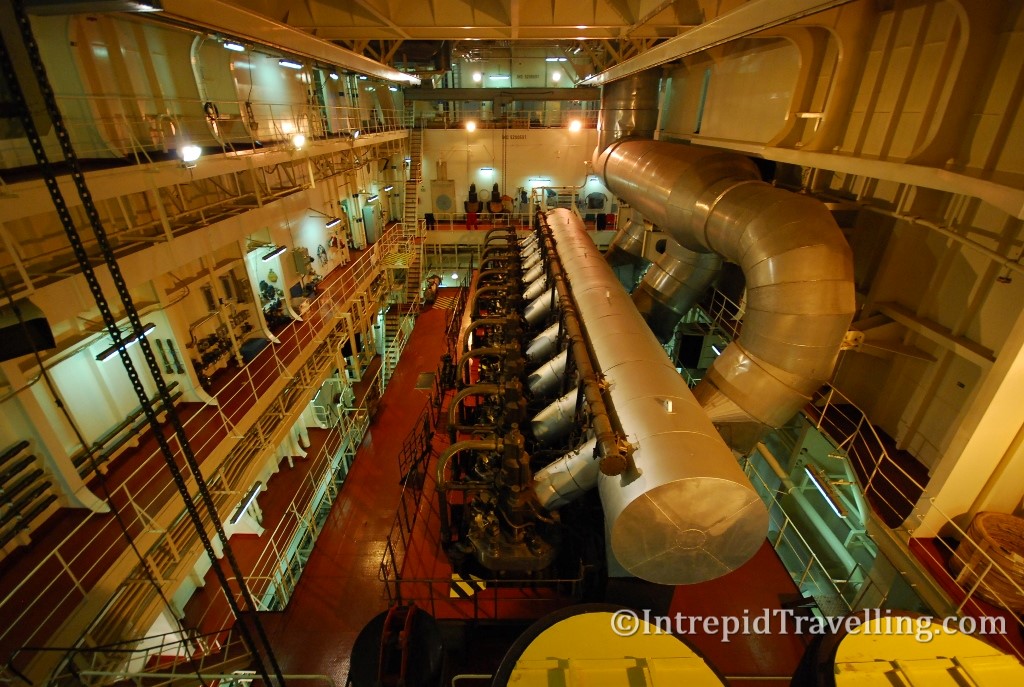
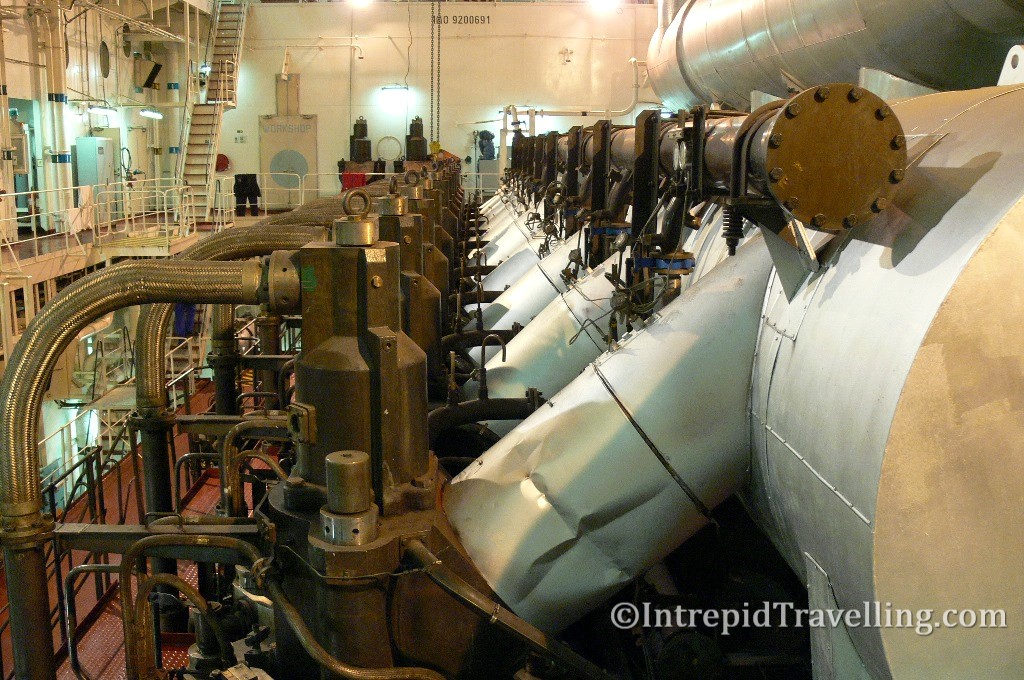
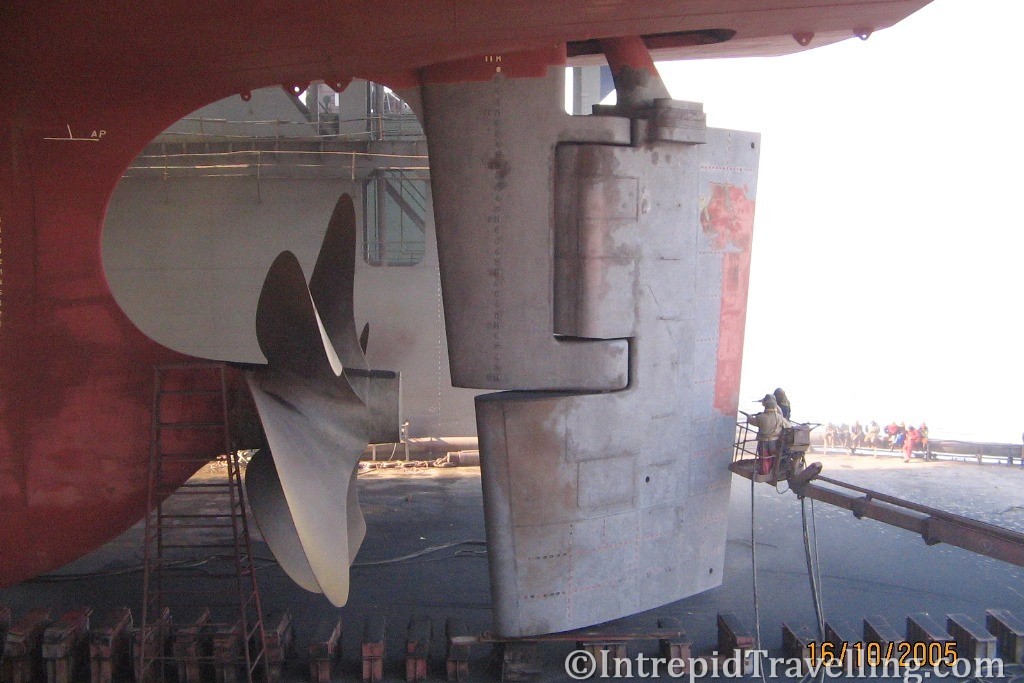
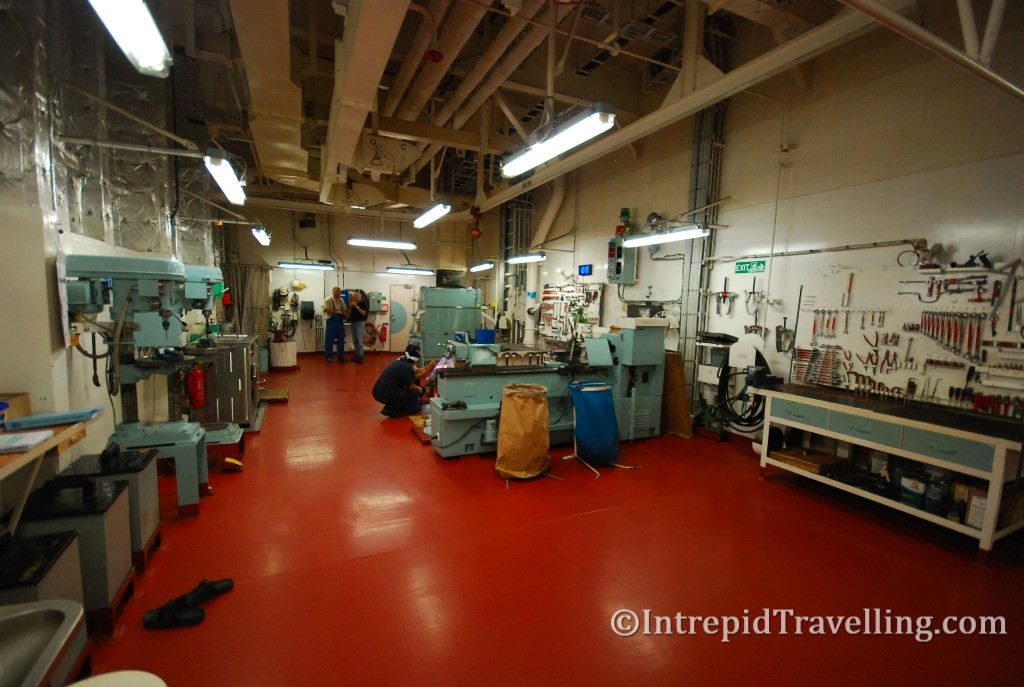
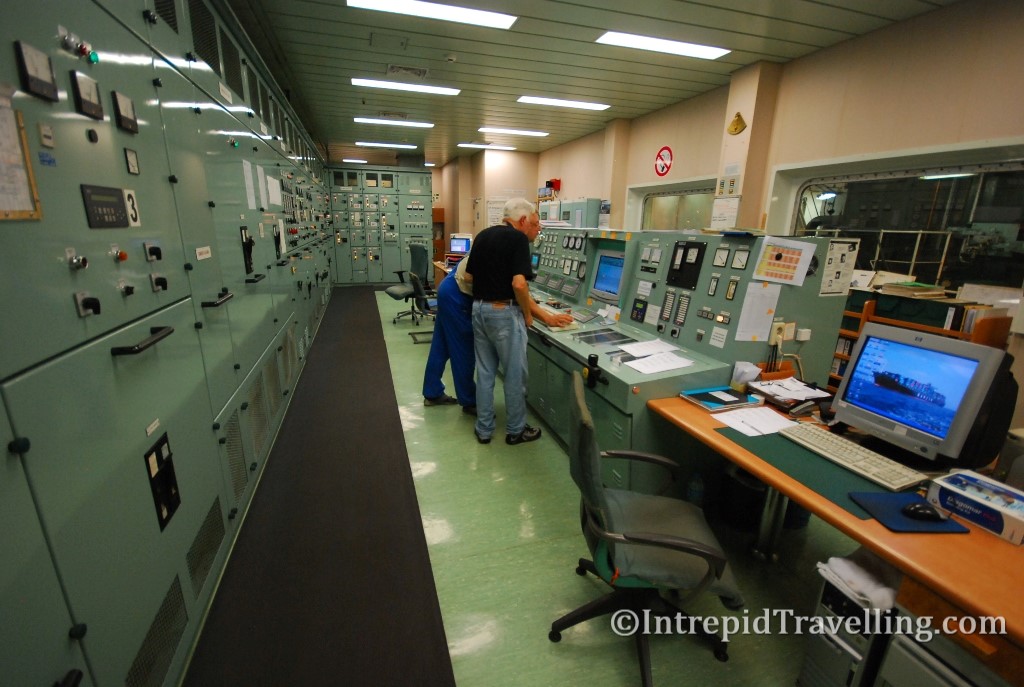
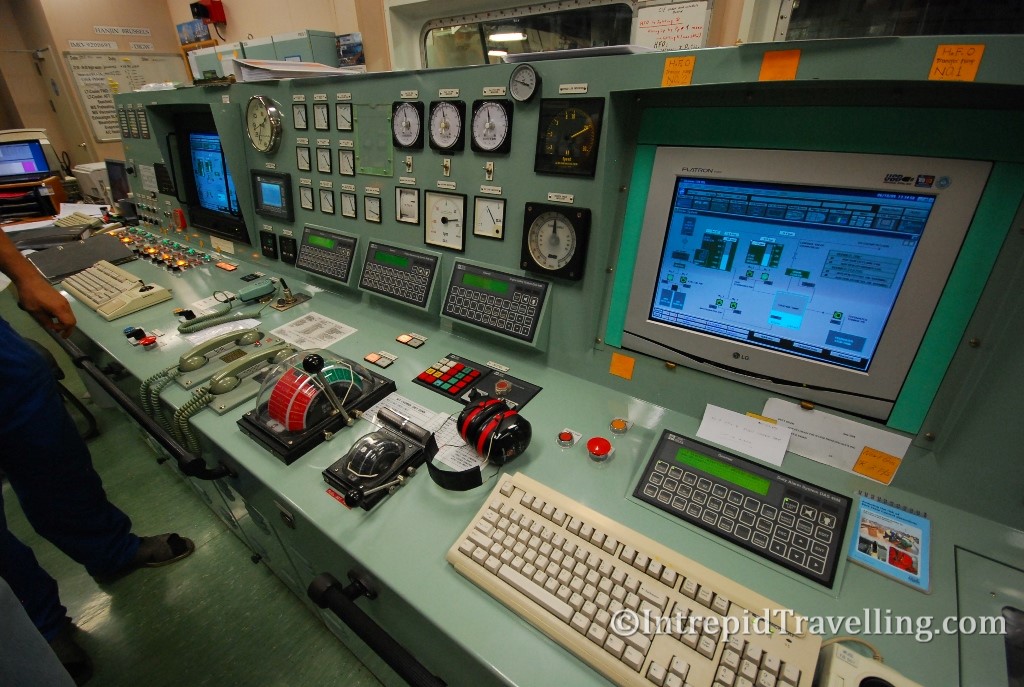

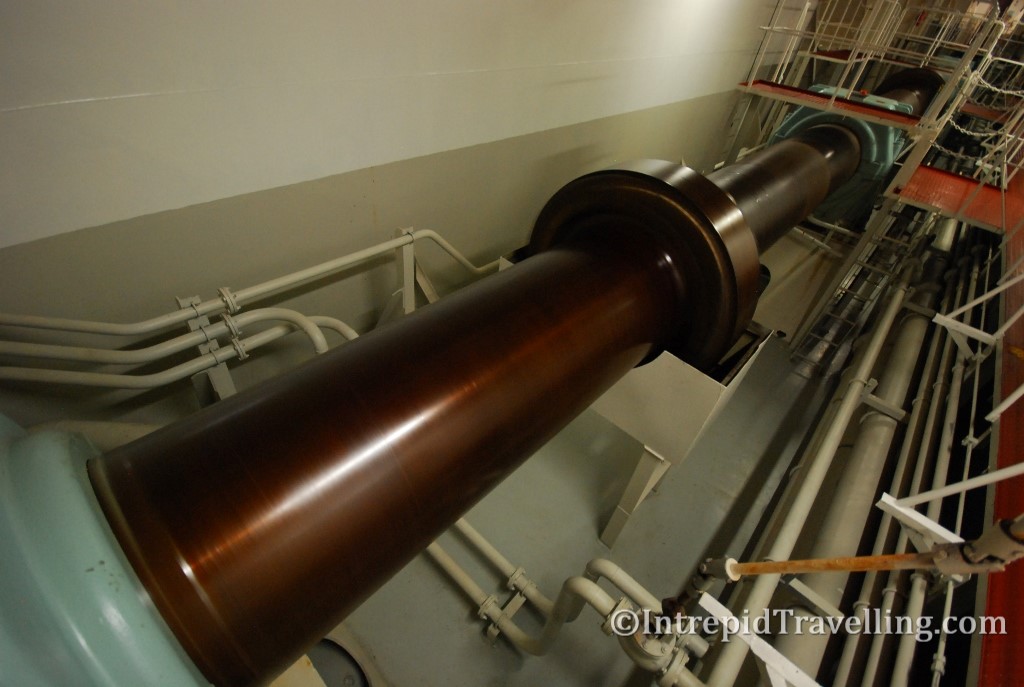
The engine room is enormous and it has to be to house the four storey, 10 cylinder, engine which at full speed burns approximately 200 tonnes of heavy fuel oil per day (that's 200,000 litres per day!). Each piston head and cylinder has a diameter of 980mm and is easily the biggest engine you’ll likely see in your life! All this power is used to turn one shaft which weighs 65 tonnes and is over 100m long with a max rpm of 120; depending on the speed required. In the realm of monster ships, the numbers and sizes are impressive, for example the propeller alone has a diameter of 8.30m and weighs 76 tonnes.
As we approached the Gulf of Aden (aka Pirate Alley) we stepped up security and increased our speed in an effort to make it more difficult for any potential hijackers to board our ship. The Captain would place the crew members of lookout patrol, to search for any ‘suspicious’ craft. Due to our ships speed and high sides, it is considered unlikely that pirates would be able to board our vessel so we would not need to join a military flanked convoy.
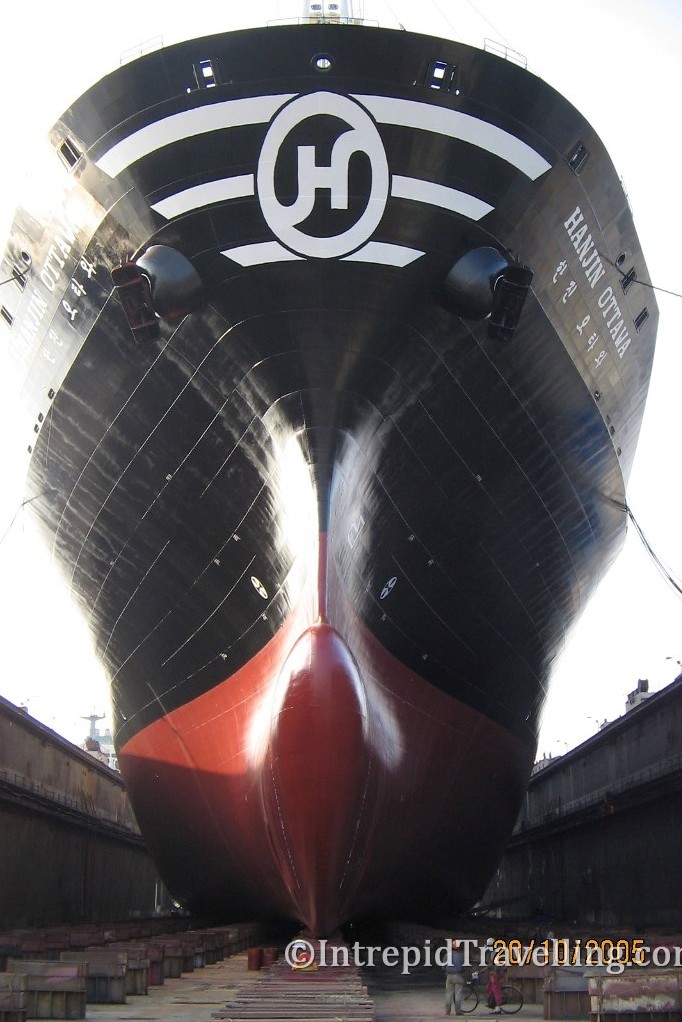
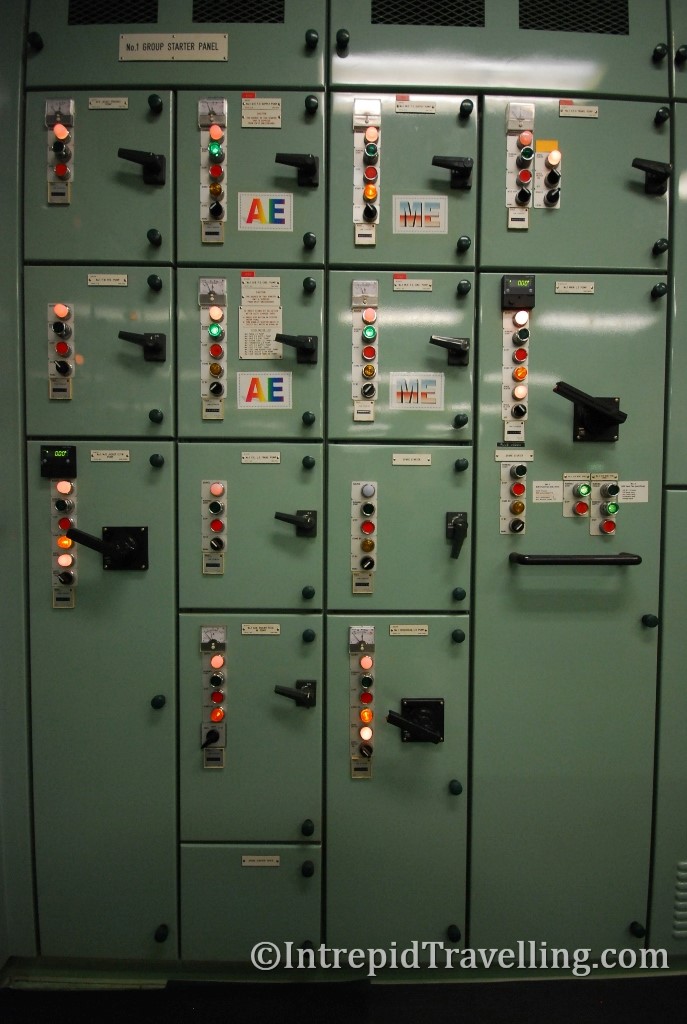
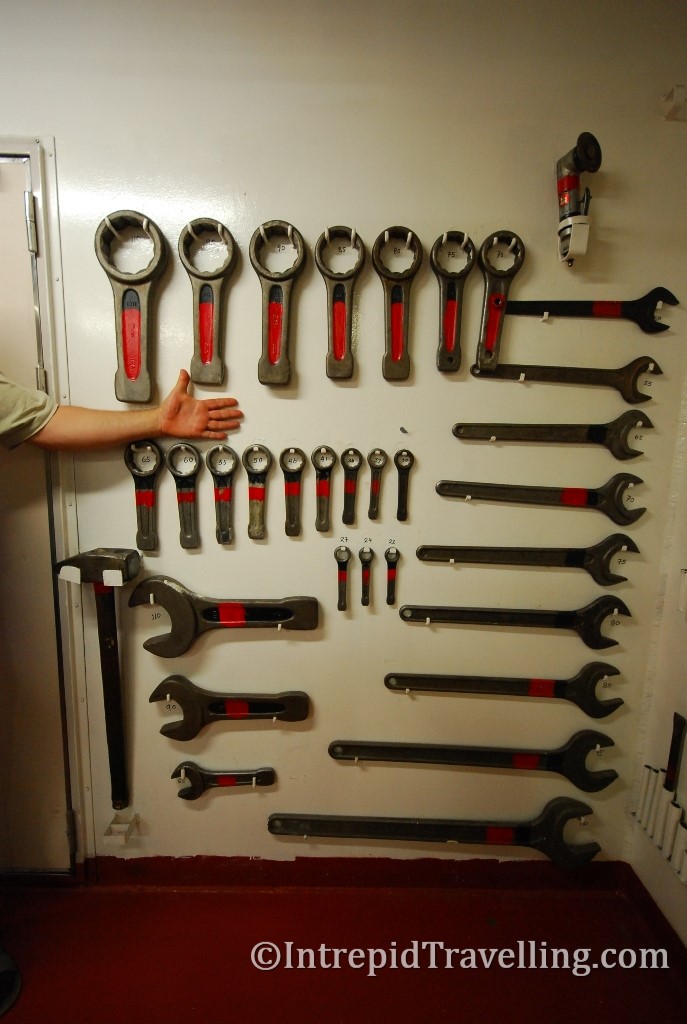
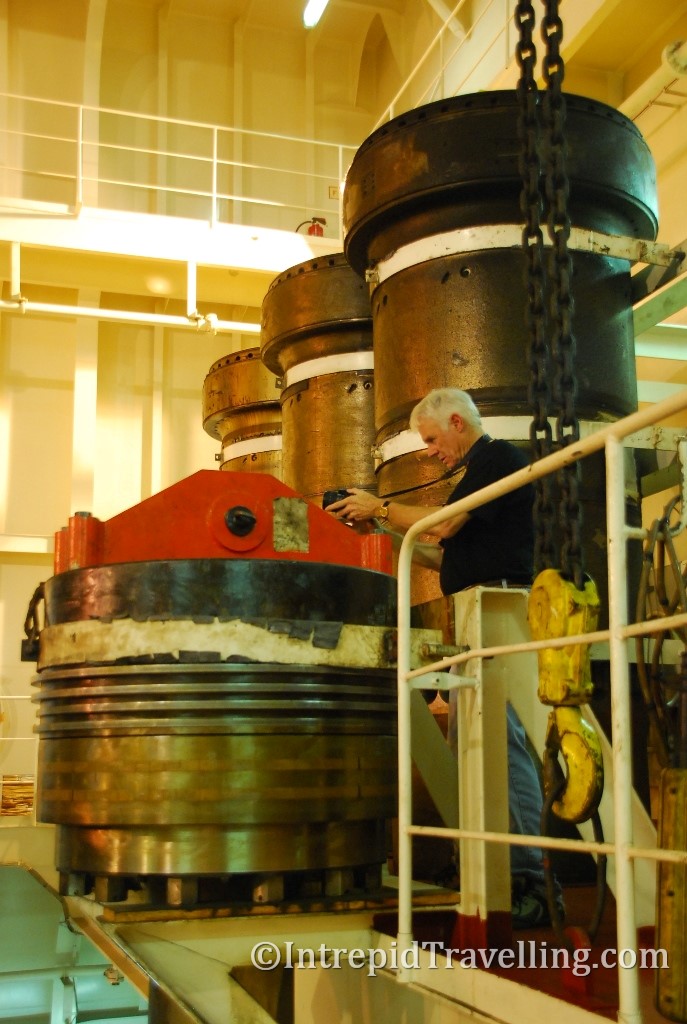
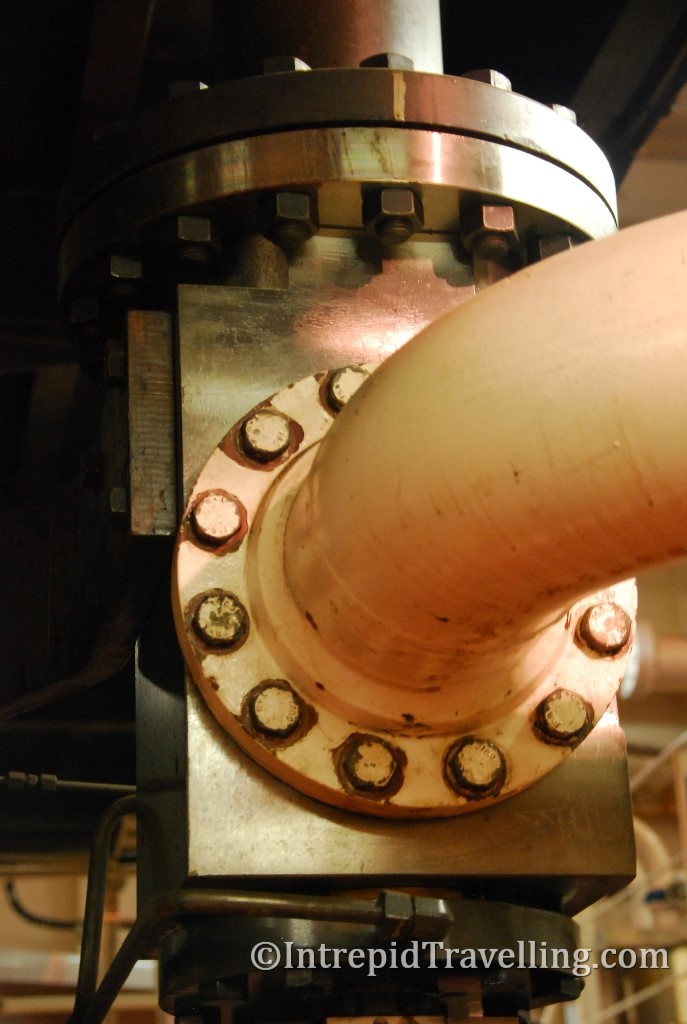
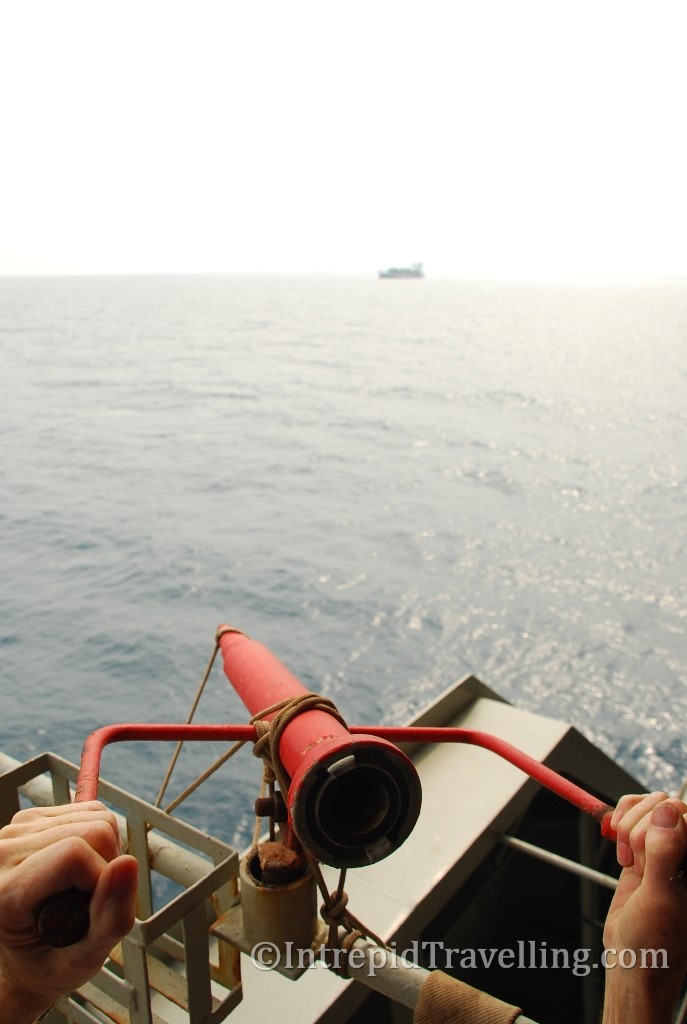
We did see half a dozen military vessels on patrol, deployed by the EU and China to deter and intercept pirates. However, the situation is a bit of joke as the destroyers aren’t allowed to fire upon or sink pirate vessels; they act more like a community watch group. This lead to one ludicrous situation where a destroyer itself was attempted to be hijacked by pirates (it seems they have a sense of humour as surely they can’t be that dumb…) and all the destroyer did was confiscate their weapons and let them go.
As we monitored our progression from the bridge, we could see from our radar a convoy of slower bulk vessels with low sides travelling in the opposite direction escorted by three military vessels. Once we were out in the Arabian Sea, clear of the Gulf of Aden, the Captain was free to talk more as we had several days of plain sailing ahead of us.
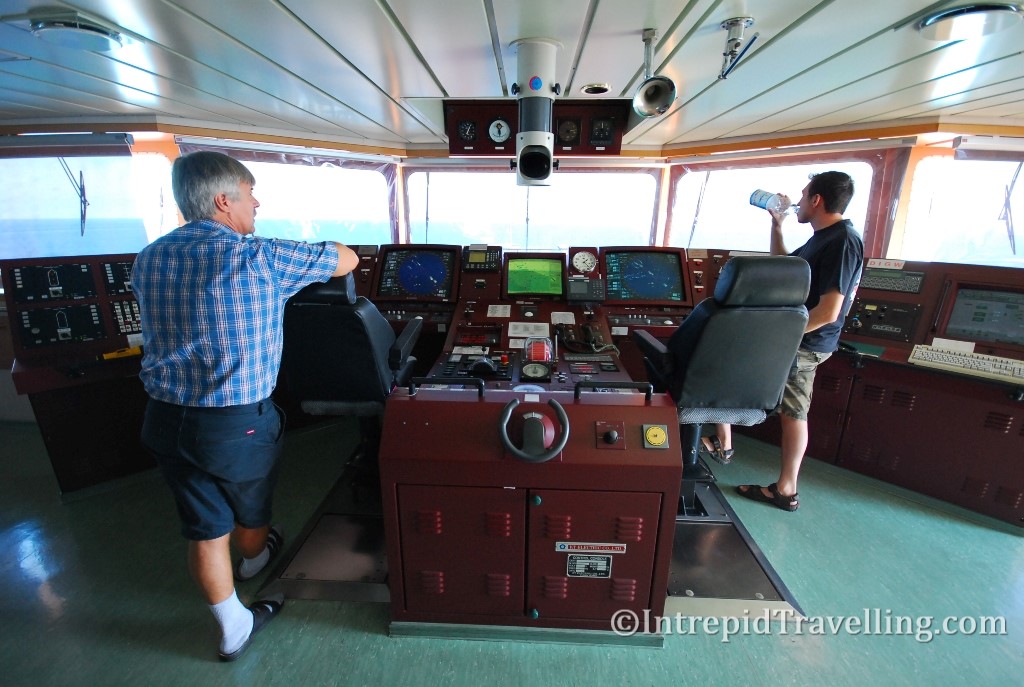
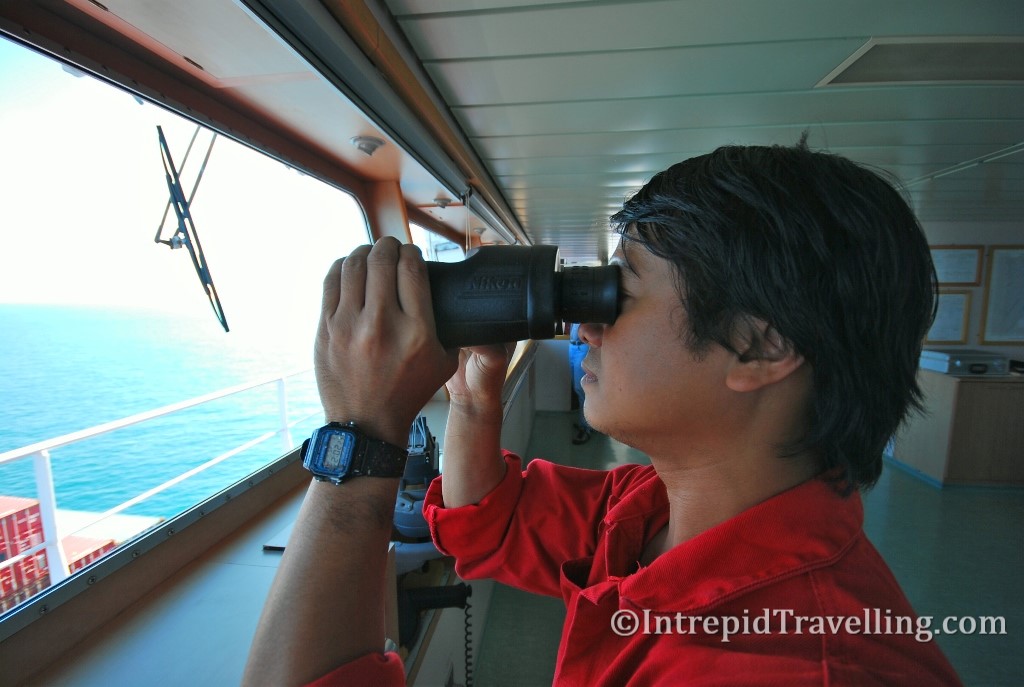
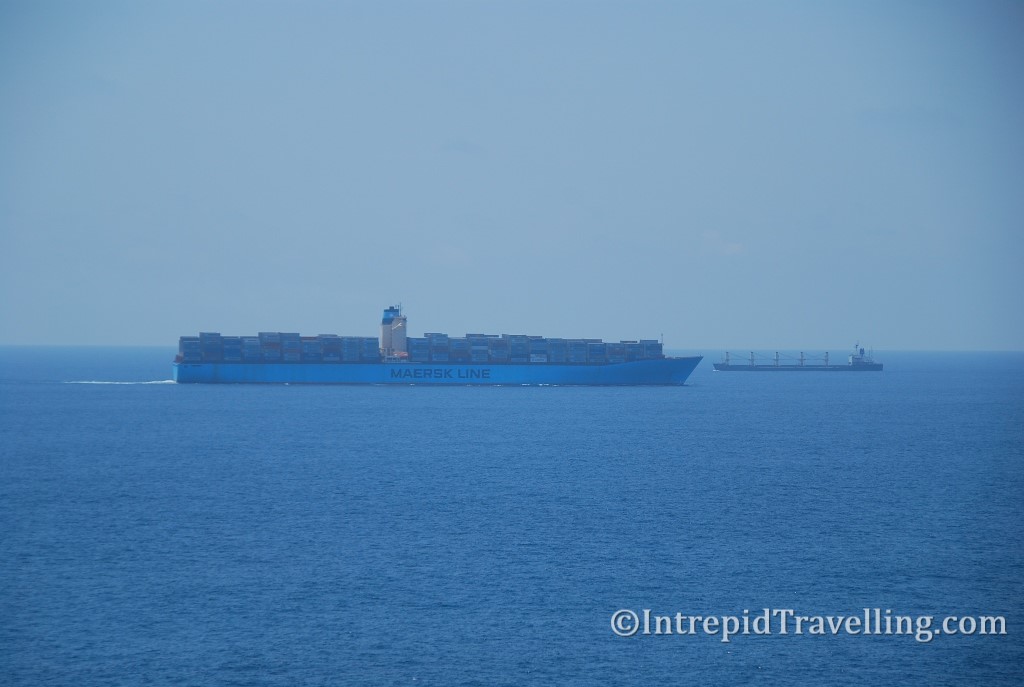
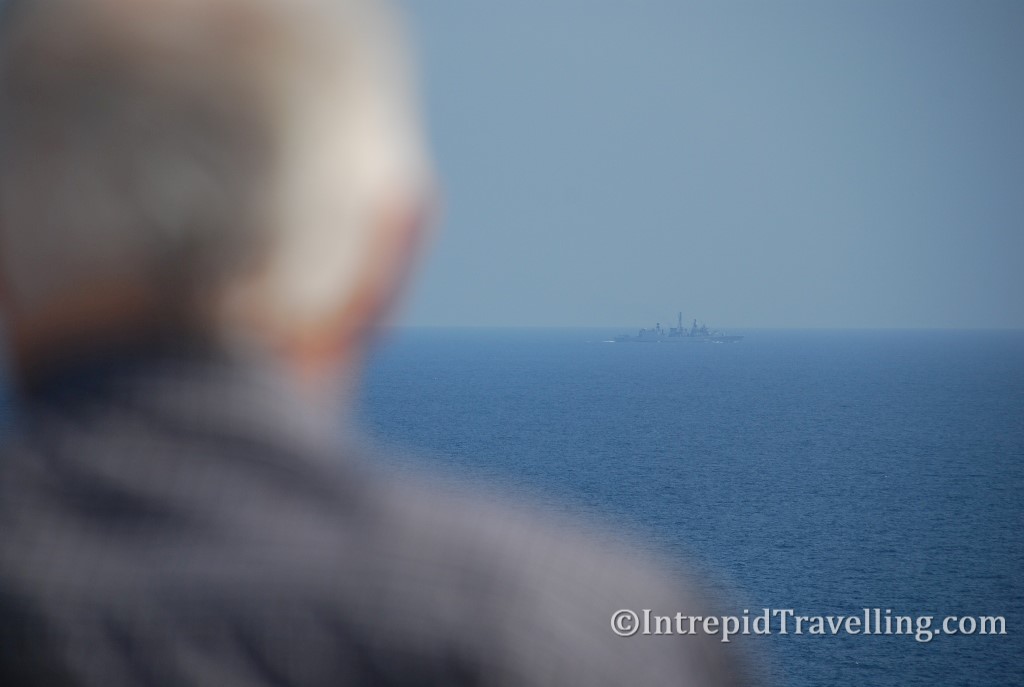
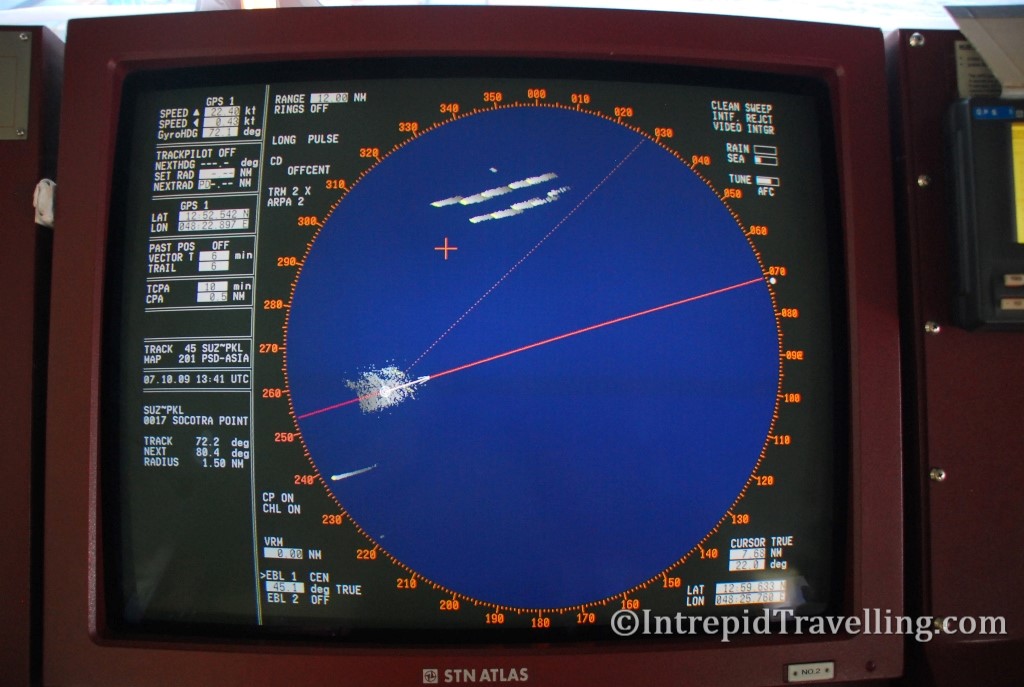
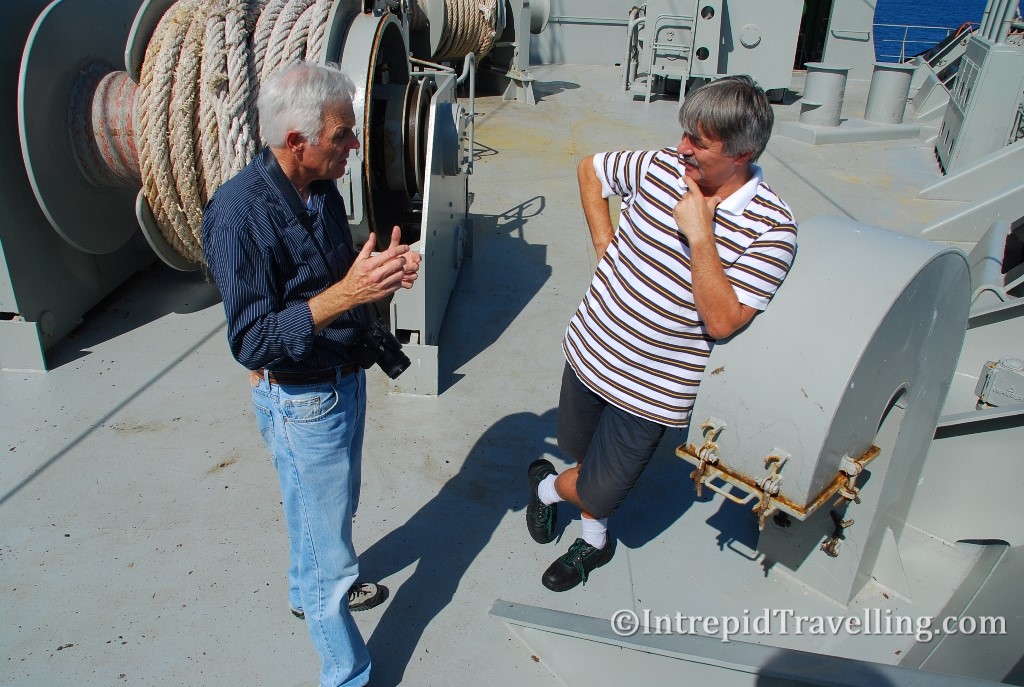
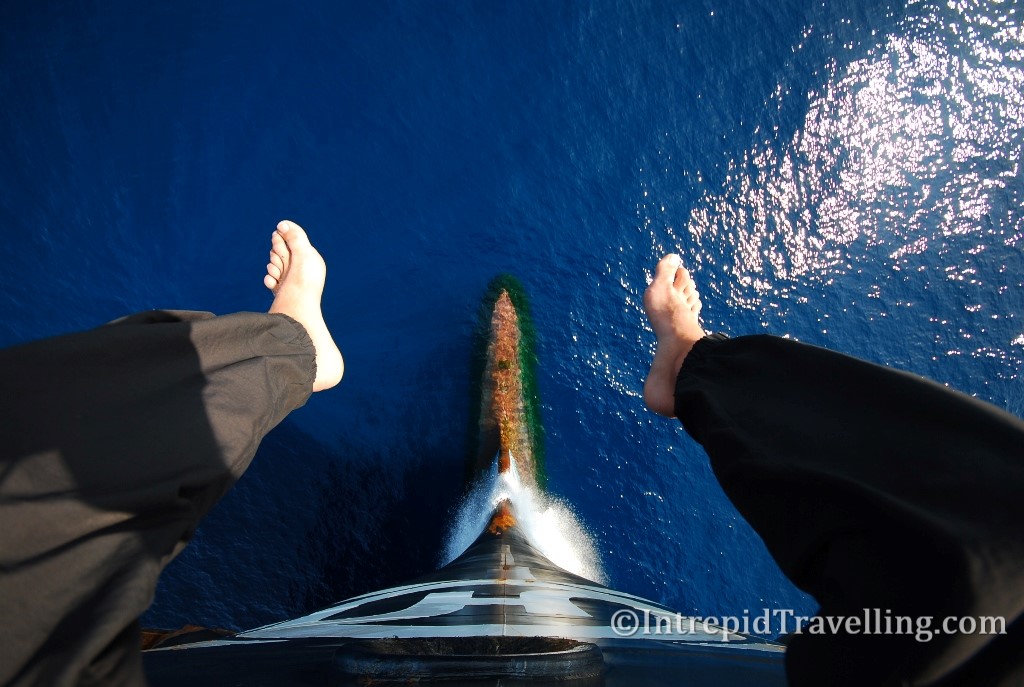
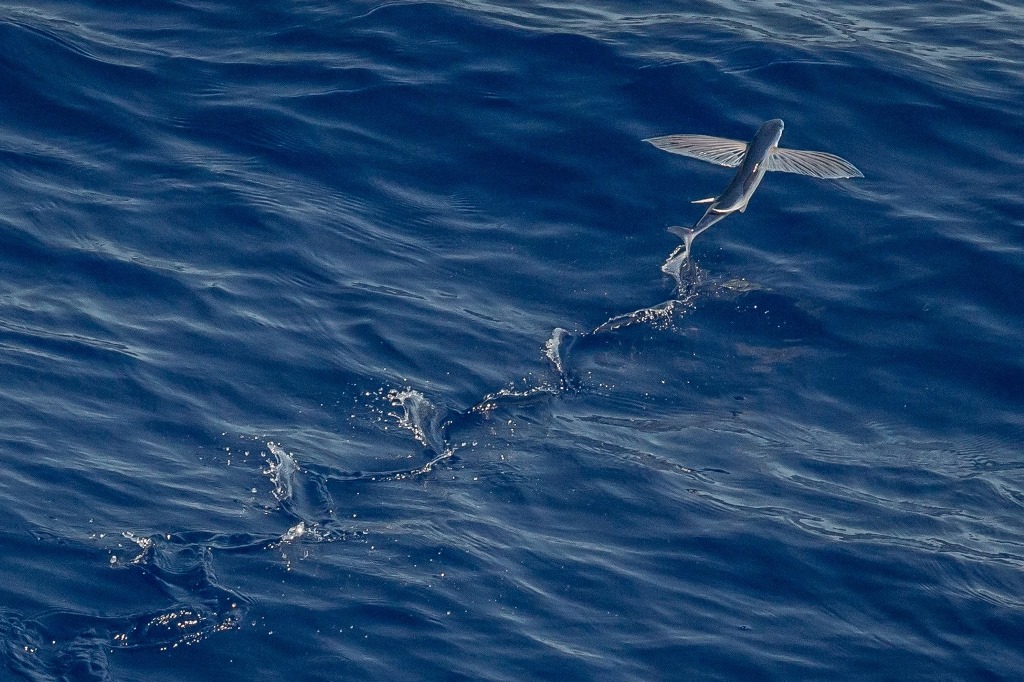
I used much of this time to hang out on the bow, seated on the railing, with nothing but open-ocean ahead. It was also a great spot to watch one of the real surprises of the trip: flying fish. I recall our Polish Captain’s anecdote;
“A seaman went home to his wife after his four month stint at sea and
she asked how did it go?Well, at times the waves were so high that water
would go down our flue, one time it was so hot theanchor melted off and
other times flying fish would glide along next to us."
The wife said, "I believe you that the water went down the flue
and it’s possible the anchor melted off, but you’re not going to
have me believe that fish can fly!”
Flying fish are just the strangest thing, gliding along at 40 odd kph, often using their tail fin for propulsion. A crazy sight indeed, especially because I’m not even sure at the time I was aware they existed, but then I guess some birds can swim so why not fish fly?


